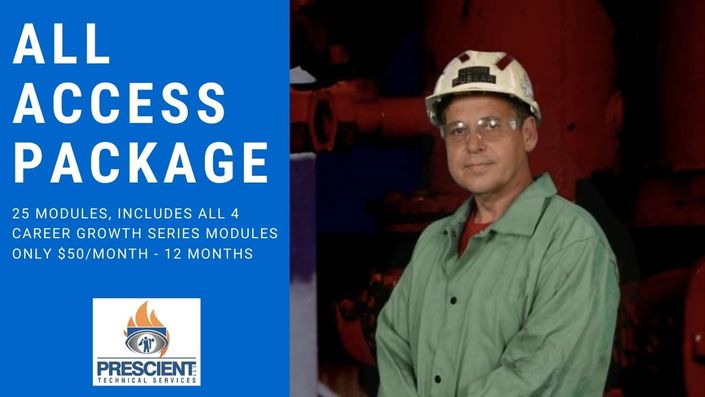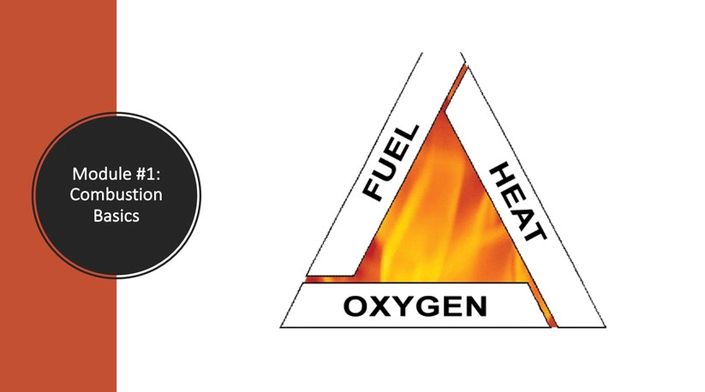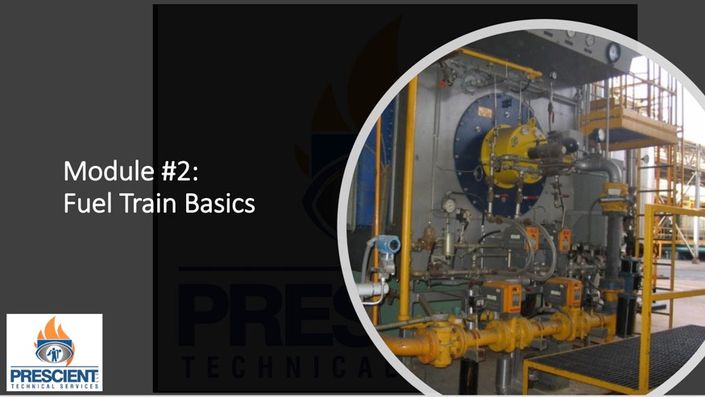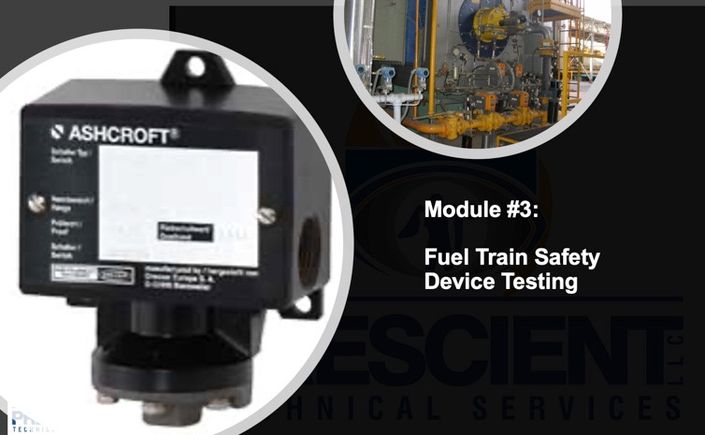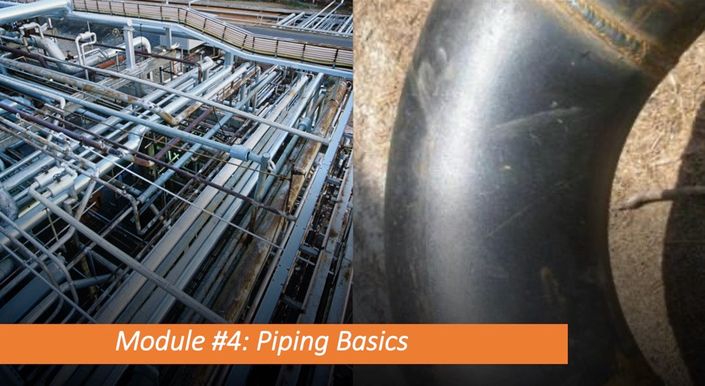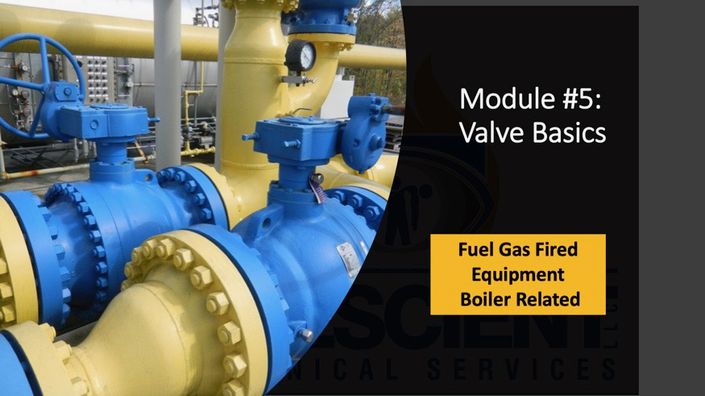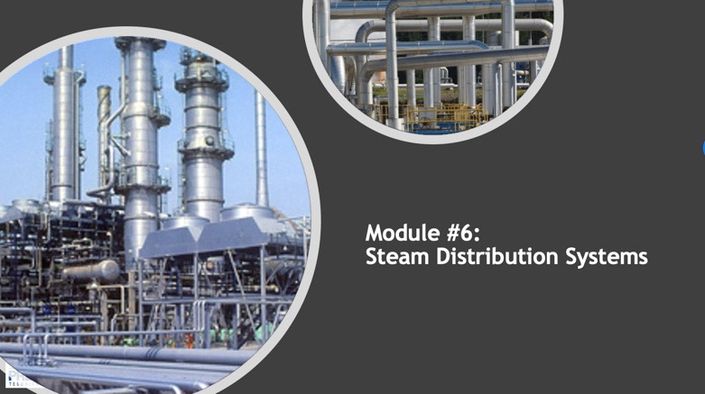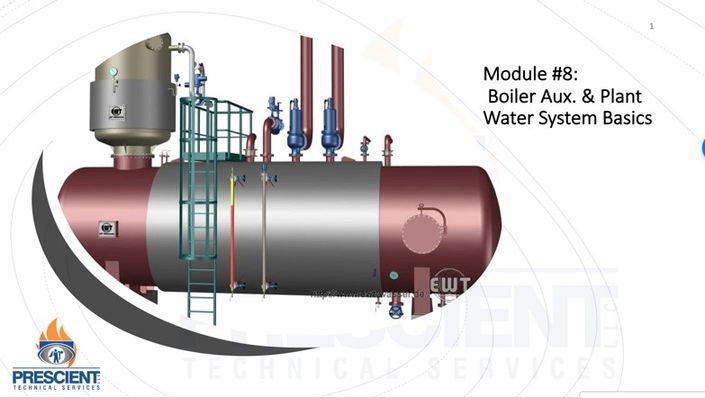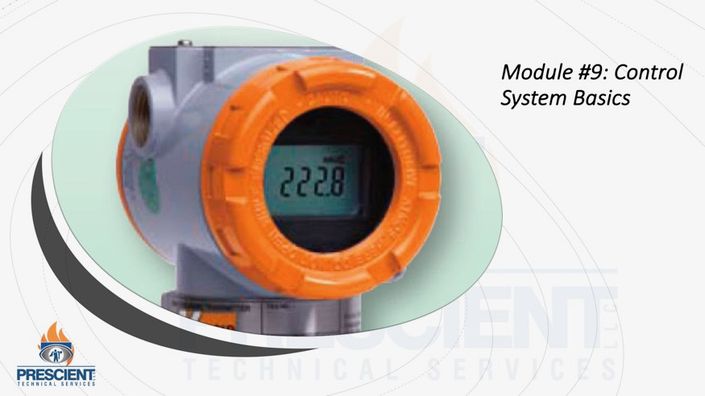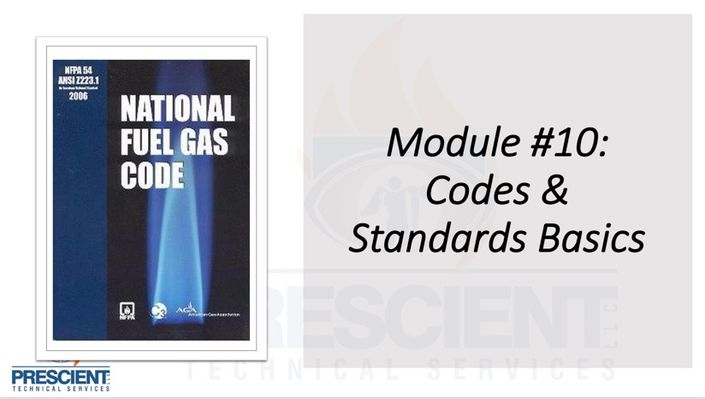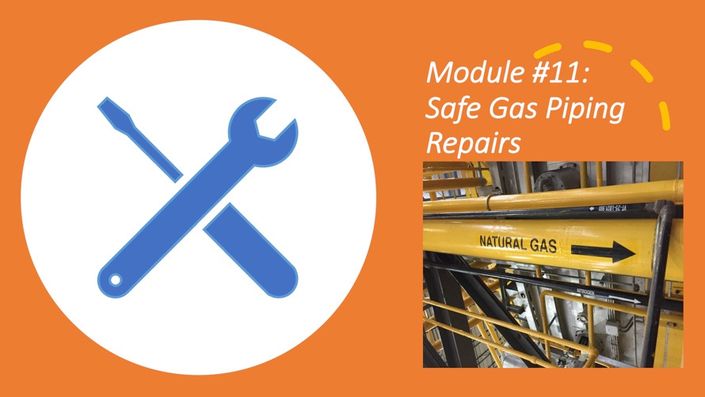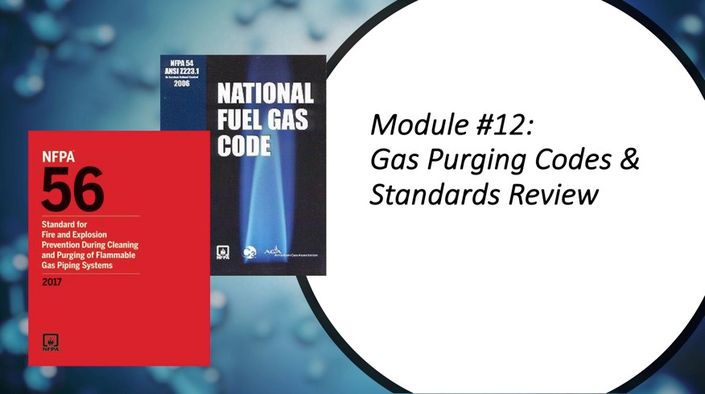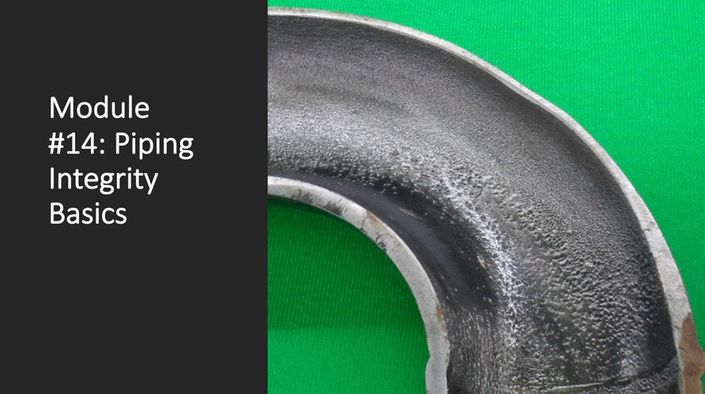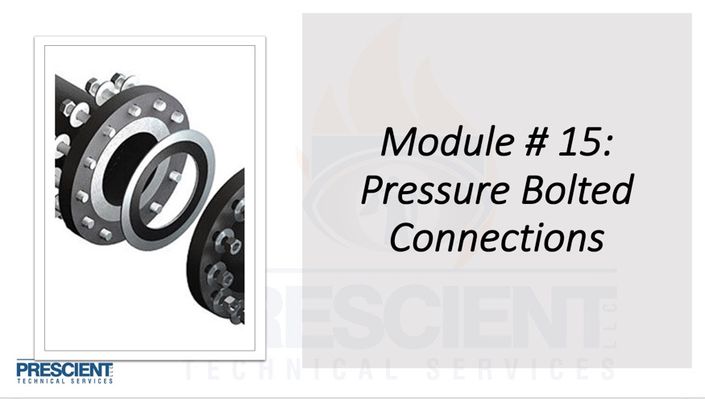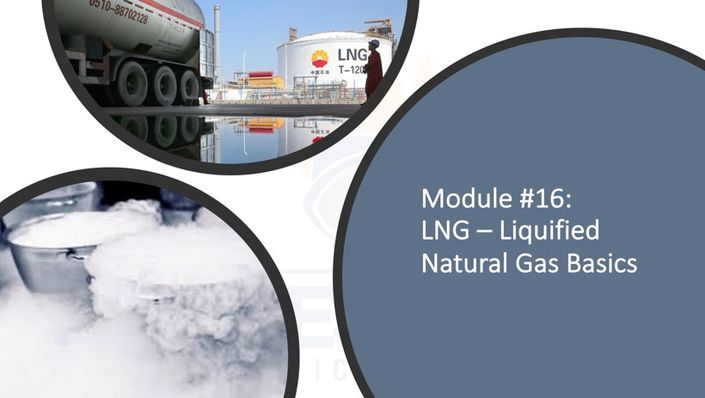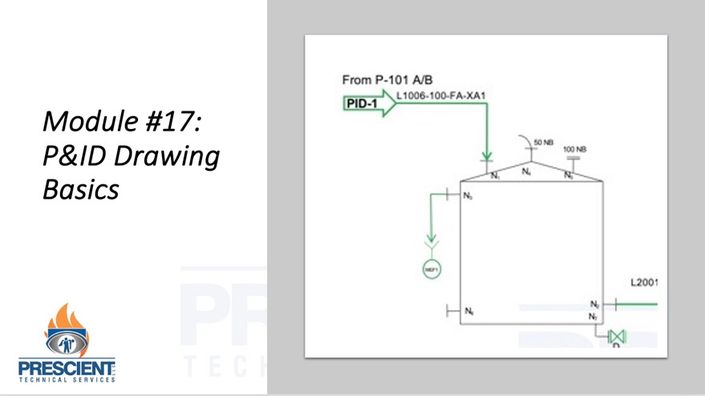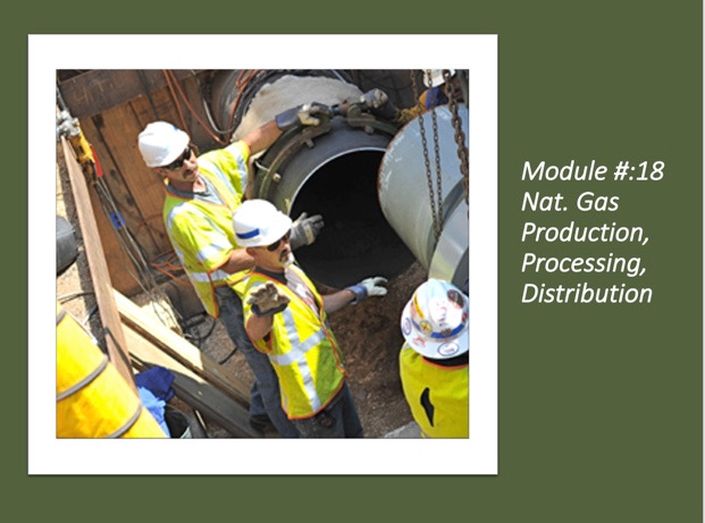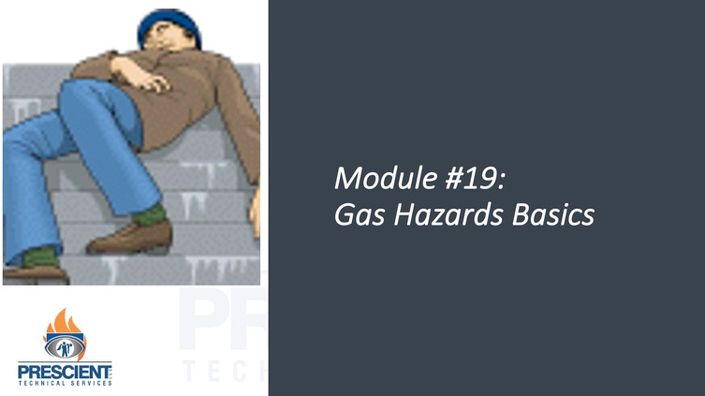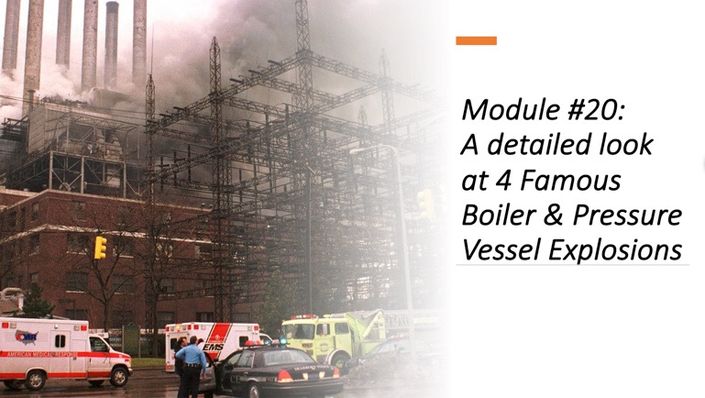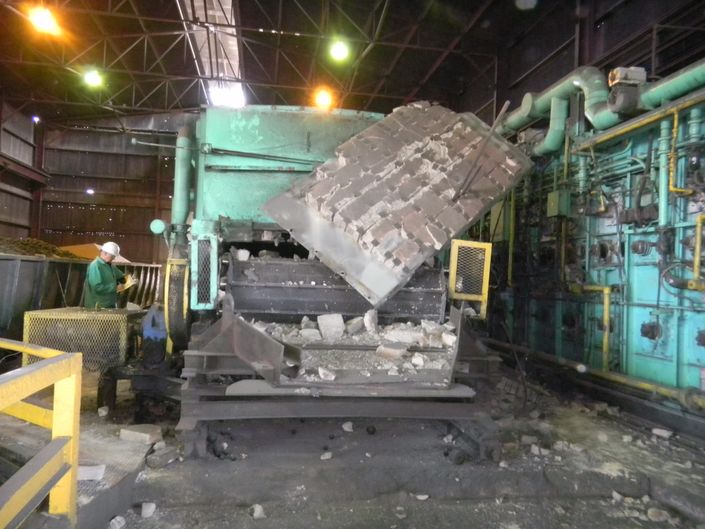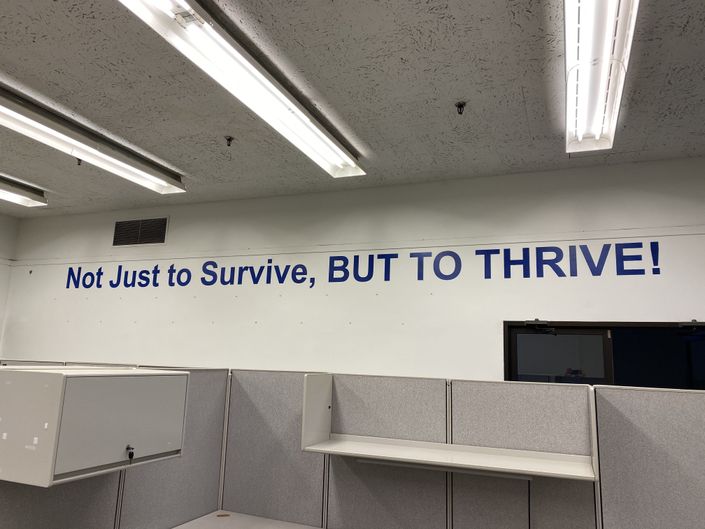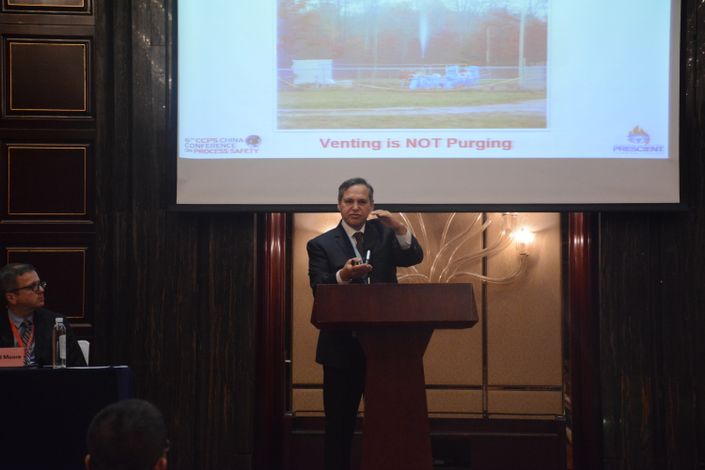
Simple and effective explanations from someone who has been at this for over 40 years, member of many NFPA committees, and has trained thousands all over the world. Money back guarantee, you will be pleased and see value!
20 Things You Will Learn
1. The differences between a code, standard, and a recommended practice
2. OSHA and how they look at RAGAGEP documents, what this means to you and how you run your business.
3. Who makes codes and standards and what is the process? How can I have input?
4. What makes something also an ANSI document and what significance is that?
5. The three (3) main standards making organizations for combustion systems and boiler, (websites) and how to access NFPA documents for free.
6. The detailed steps of how the NFPA process works from public inputs to publishing the documents newest version.
7. NFPA member committee classifications, structure of committees for fairness, and processes for challenging issues in the code.
8. How to read NFPA documents, identify changed items from one version to another, and annex sections versus main body text sections.
9. Scope statements and exceptions and the role of AHJ’s, (authorities having jurisdiction).
10. Listing requirements, what they mean, how to interpret them.
11. Retroactivity and equivalency issues within NFPA documents.
12. Grandfathered items, what is enforceable and when, the role of gap analysis.
13. References and definitions for concepts used in the document.
14. Not well known places that you need to be looking, (TIA – tentative interim amendments), and interpretations.
15. Enforcing codes and standards, the 4 entities that may be involved and how you might need to interface with them.
16. States and municipalities and legal requirements they may have based on adopted codes and standards, how to carefully read and interpret what they require.
17. Some thoughts about OSHA enforcement and the possibility of “Personal Criminal Liability” if things go wrong at your facility.
18. How plaintiff’s attorneys look at codes and standards and your safety programs.
19. Tort laws, standard of care and duty of care, responsibilities you may have at your organization.
20. List of the top seven (7) standards and codes that are most important for fuels and fired equipment systems including boilers.
Example Curriculum - 46 Minutes of content, w/o quizzes
You have a legal responsibility to know the rules!
You must understand the difference between 3 levels of documents, (RP - recommended practices, standards and codes). Standards and codes have SHALL statements, RP's typically do not.


